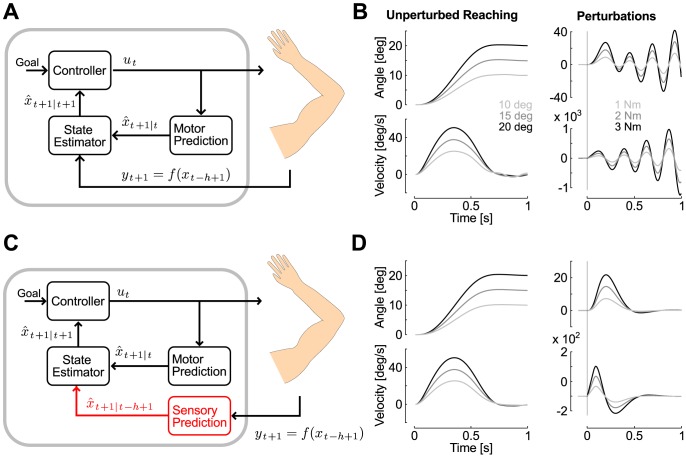Figure 2. Computational models and simulations.
A: Computational model based on a state estimator that ignores feedback delays and directly integrates sensory feedback with prior beliefs about the body state. The controller outputs a motor command (ut) specified by the behavioral goal and motor costs. The forward dynamic model (Motor Prediction) predicts the consequence of the descending motor command (Predicted Consequences,  ). The feedback signal (yt+1) is a function of the delayed state vector expressed in f(xt−h+1), where h represents the feedback delay in number of sample times (see Methods). B: Simulation of the model corresponding to panel A on the control of a single joint actuator during unperturbed reaching movements of varying amplitudes (left) and following perturbation loads of three selected magnitudes (right). Displays are the joint angle (top) and angular velocity (bottom). Time 0 corresponds to the onset of the reaching movement, or the perturbation onset (solid line). C: Full model with the sensory predictor highlighted in red. Following a perturbation, the output of the motor prediction still indicates that the joint displacement is zero, but the sensory prediction corrects the estimate of the joint state based on maximum-likelihood principle. This is illustrated by the conditional expectation about the present state, given delayed sensory information (Predicted Current State,
). The feedback signal (yt+1) is a function of the delayed state vector expressed in f(xt−h+1), where h represents the feedback delay in number of sample times (see Methods). B: Simulation of the model corresponding to panel A on the control of a single joint actuator during unperturbed reaching movements of varying amplitudes (left) and following perturbation loads of three selected magnitudes (right). Displays are the joint angle (top) and angular velocity (bottom). Time 0 corresponds to the onset of the reaching movement, or the perturbation onset (solid line). C: Full model with the sensory predictor highlighted in red. Following a perturbation, the output of the motor prediction still indicates that the joint displacement is zero, but the sensory prediction corrects the estimate of the joint state based on maximum-likelihood principle. This is illustrated by the conditional expectation about the present state, given delayed sensory information (Predicted Current State,  ) D: Same as B with the control and state estimation corresponding to panel C.
) D: Same as B with the control and state estimation corresponding to panel C.

